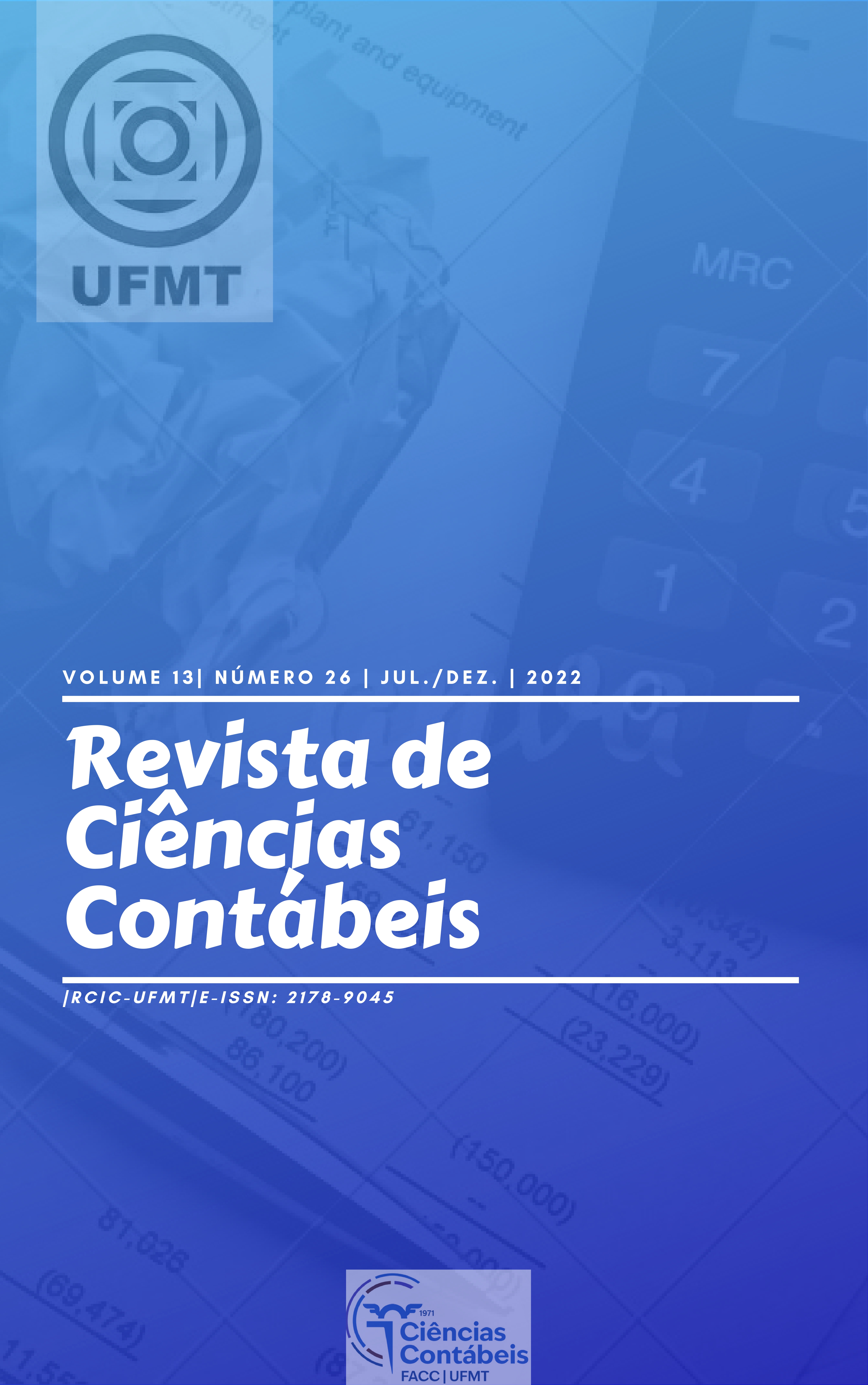Feasibility of finishing beef cattle in confinement in the dynamics of an agricultural property
Abstract
This article sought to demonstrate the feasibility of confinement in the dynamics of an agricultural property in the municipality of Tangará da Serra - MT, with 4452 Nelore cattle being confined in 116 days. The following values were determined: average daily weight gain; dry matter intake; carcass yield; food conversion; dry matter intake in relation to live weight. From data collection and analysis, the effective operating cost, total operating cost and profitability of the system can be determined. The costs of acquiring the animals, food, sanitation, labor and other charges were added together and generated an effective operating cost per animal of R$ 2,698.81. When taxes, insurance and depreciation are added to these costs, a total operating cost per animal of R$ 2,767.08 was generated. Gross revenue, which directly represents the number of animals sold (90,019.44 arrobas) to the slaughterhouse, was R$ 12,917,786.60. Operating profit was R$ 598,746.44. This represents a cycle profitability index of 4.63%. Confinement allows for short and long-term analyzes of the activity for livestock, as it is a profitable and viable activity, mainly because it results in a quick return.
Downloads
Published
Issue
Section
License
- Os direitos autorais para artigos publicados nesta revista são do autor, com direitos de primeira publicação para a revista.
- Em virtude de aparecerem nesta revista de acesso público, os artigos são de uso gratuito, com atribuições próprias, em aplicações educacionais e não-comerciais.
- A revista permitirá o uso dos trabalhos publicados para fins não-comerciais, incluindo direito de enviar o trabalho para bases de dados de acesso público.
- Permite-se a reprodução desde que citada à fonte e o autor.
- Os artigos publicados são de total e exclusiva responsabilidade dos autores.
- O(s) autor(es) autoriza(m) a publicação do artigo na revista;
- O(s) autor(es) garante(m) que a contribuição é original e inédita e que não está em processo de avaliação em outra(s) revista(s);
- A revista não se responsabiliza pelas opiniões, ideias e conceitos emitidos nos textos, por serem de inteira responsabilidade de seu(s) autor(es);
- É reservado aos editores o direito de proceder ajustes textuais e de adequação do artigo às normas da publicação;
- O(s) autor(es) declaram que o artigo não possui conflitos de interesse.
- O(s) autor(es) se comprometem a atender todas as recomendações feitas pelos avaliadores, caso o artigo seja aprovado na apreciação por pares cegas (double-blind review).

